In this article we explore Sparse autoencoders using L1 regularization using the PyTorch deep learning framework. ...
Sparse Autoencoders using L1 Regularization with PyTorch
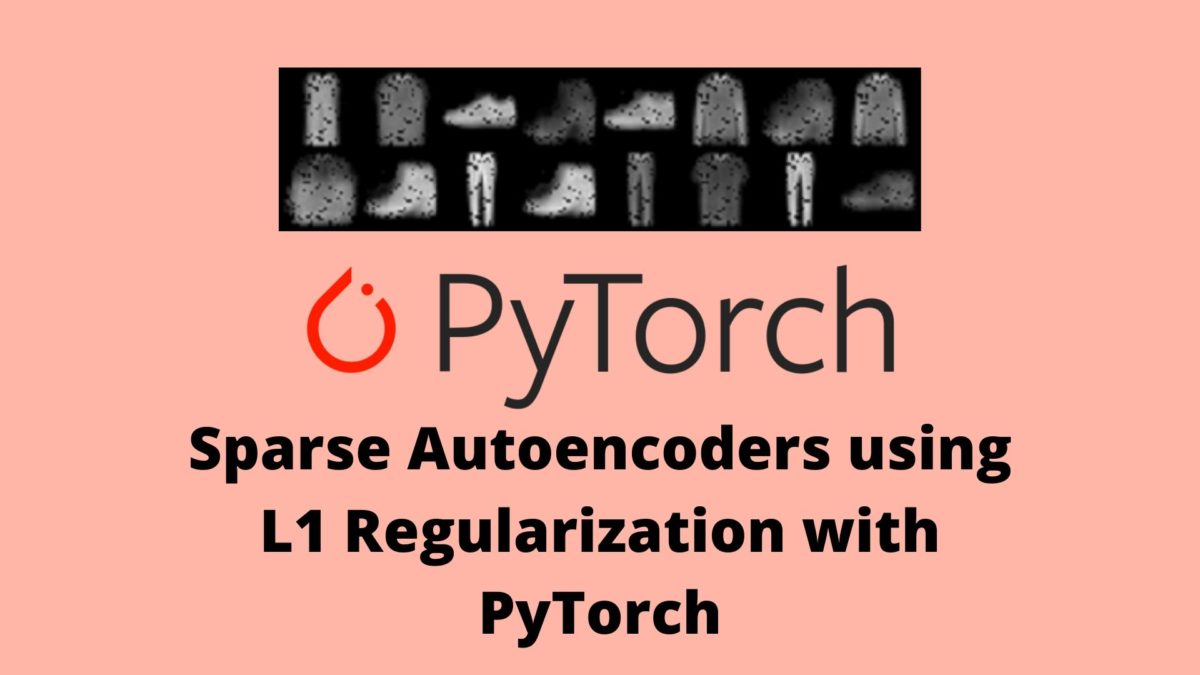

In this article we explore Sparse autoencoders using L1 regularization using the PyTorch deep learning framework. ...
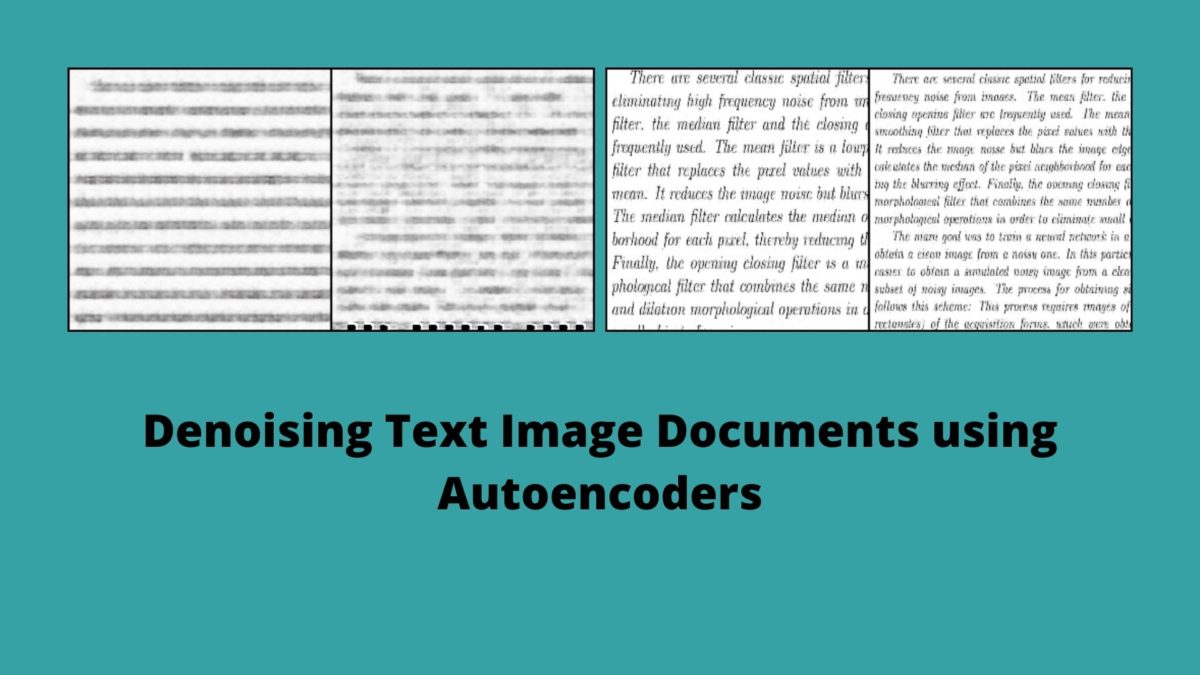
Updated: March 25, 2020. In this post, we will be denoising text image documents using deep learning autoencoder neural network. And we will not be using MNIST, Fashion MNIST, or the CIFAR10 dataset. In fact, we will be using one of the past Kaggle competition data for this autoencoder deep learning project. More specifically, we […] ...
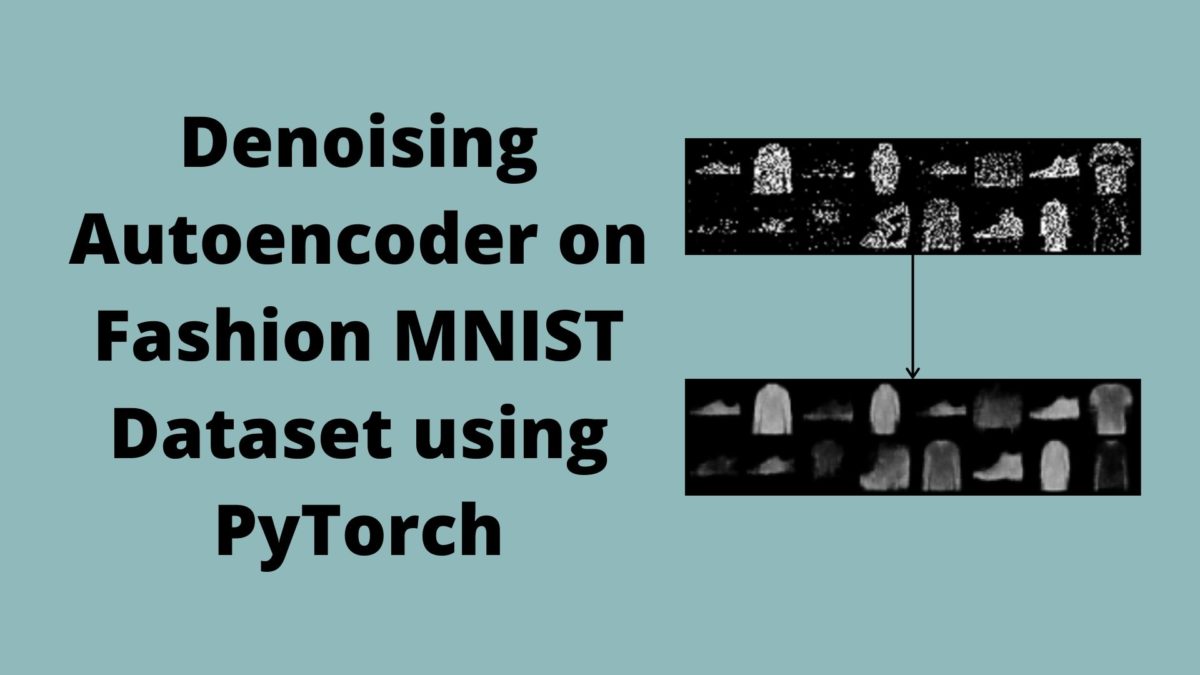
Updated: March 25, 2020. One of the applications of deep learning autoencoders is image reconstruction. But it is not necessary that the input images will always be clean. Sometimes, the input images for autoencoders can be noisy. In that case, the deep learning autoencoder has to denoise the input images, get the hidden code representation, […] ...
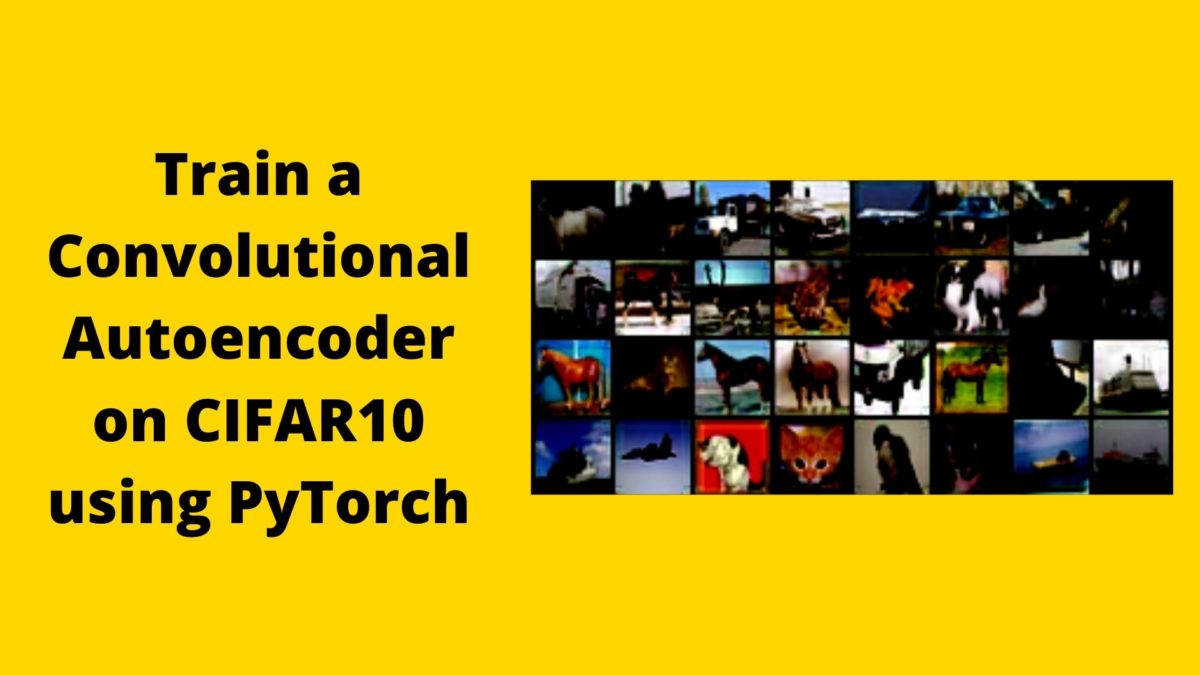
Updated: March 25, 2020. Convolutional autoencoders are some of the better know autoencoder architectures in the machine learning world. In this article, we will get hands-on experience with convolutional autoencoders. For implementation purposes, we will use the PyTorch deep learning library. What Will We Cover in this Article? Implementing convolutional autoencoders using PyTorch. Visualizing and […] ...
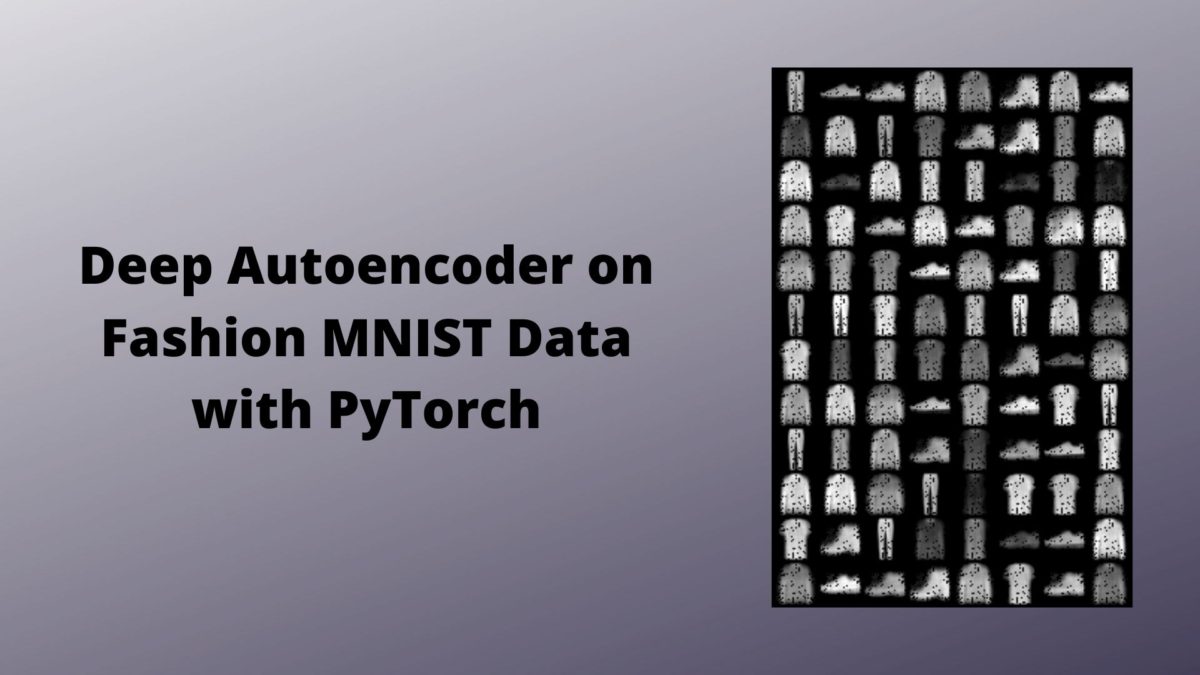
Updated on 14 November 2020. In this article, we take a hands-on approach to building deep learning autoencoders. We will implement deep autoencoders using linear layers with PyTorch. What Will We Cover in this Article? A brief introduction to autoencoders. The approach for this article. Building a deep autoencoder with PyTorch linear layers. We will also take a look at all […] ...
Business WordPress Theme copyright 2025